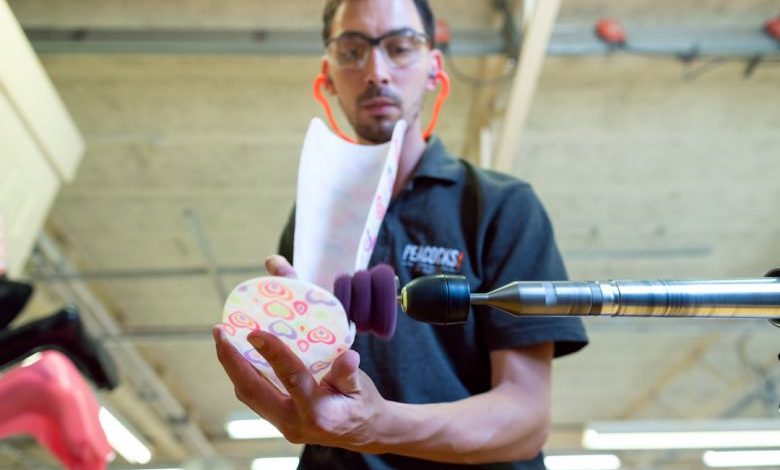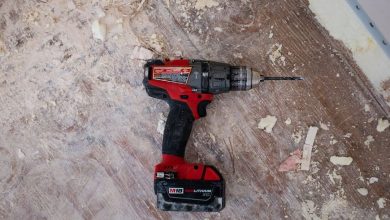Hand Tools Vs Power Tools: What’s the Difference?

When it comes to tackling home improvement projects, it’s important to have the right tools for the job. And while there are many options available, the two main categories of tools are hand tools and power tools. But what exactly is the difference between these two types of tools? In this article, we will explore the characteristics of hand tools and power tools, and help you understand which type may be best for your needs.
Hand Tools: The Traditional Approach
Hand tools have been around for centuries and are the foundation of any toolbox. These tools are typically operated manually, using the force and dexterity of the user. Hand tools are often made of durable materials such as steel or wood, and they come in a wide variety of shapes and sizes.
Versatility and Portability
One of the key advantages of hand tools is their versatility. From hammers and screwdrivers to wrenches and pliers, hand tools can be used for a wide range of tasks. They are also highly portable, allowing you to easily carry them from one location to another. Whether you’re working in your garage or on a construction site, hand tools are always ready to go.
Precision and Control
Another benefit of using hand tools is the level of precision and control they offer. Since you are operating these tools manually, you have complete control over the force and angle at which they are used. This can be particularly useful for delicate tasks that require a steady hand, such as carpentry or jewelry making. With hand tools, you have the ability to make precise adjustments and work with intricate details.
Power Tools: The Modern Solution
Power tools, on the other hand, are a more recent development in the world of tools. These tools are powered by electricity, compressed air, or batteries, and they offer increased speed and efficiency compared to their manual counterparts. Power tools are often made of durable materials such as aluminum or plastic, and they come with a wide range of features and accessories.
Speed and Efficiency
One of the main advantages of power tools is their ability to get the job done quickly and efficiently. Whether you’re drilling holes, cutting through materials, or sanding surfaces, power tools can significantly reduce the amount of time and effort required. This makes them particularly useful for large-scale projects or repetitive tasks.
Strength and Power
Another key benefit of power tools is the strength and power they provide. With a power drill or saw, you can easily tackle tough materials that would be difficult to work with using hand tools alone. Power tools are designed to handle heavy-duty tasks, making them ideal for construction, woodworking, and other demanding applications.
Choosing the Right Tool for the Job
So, which type of tool is best for you? The answer depends on several factors, including the nature of the task, your level of experience, and your personal preferences. In general, hand tools are great for small-scale projects, precision work, and situations where portability is important. On the other hand, power tools are ideal for larger projects, heavy-duty tasks, and situations where speed and efficiency are paramount.
Conclusion: The Best of Both Worlds
In the end, it’s important to remember that both hand tools and power tools have their own unique strengths and advantages. While hand tools offer versatility, portability, and precision, power tools provide speed, efficiency, and power. Ultimately, the best approach is to have a combination of both types of tools in your toolbox, so that you can tackle any project with confidence. So, whether you’re a DIY enthusiast or a professional tradesperson, investing in a well-rounded tool collection will ensure that you have the right tool for every job.




